I solve the heat equation for a metal rod as one end is kept at 100 °C and the other at 0 °C as
import numpy as np
import matplotlib.pyplot as plt
dt = 0.0005
dy = 0.0005
k = 10**(-4)
y_max = 0.04
t_max = 1
T0 = 100
def FTCS(dt,dy,t_max,y_max,k,T0):
s = k*dt/dy**2
y = np.arange(0,y_max+dy,dy)
t = np.arange(0,t_max+dt,dt)
r = len(t)
c = len(y)
T = np.zeros([r,c])
T[:,0] = T0
for n in range(0,r-1):
for j in range(1,c-1):
T[n+1,j] = T[n,j] + s*(T[n,j-1] - 2*T[n,j] + T[n,j+1])
return y,T,r,s
y,T,r,s = FTCS(dt,dy,t_max,y_max,k,T0)
plot_times = np.arange(0.01,1.0,0.01)
for t in plot_times:
plt.plot(y,T[t/dt,:])
If changing the Neumann boundary condition as one end is insulated (not flux),
then, how the calculating term
T[n+1,j] = T[n,j] + s*(T[n,j-1] - 2*T[n,j] + T[n,j+1])
should be modified?

